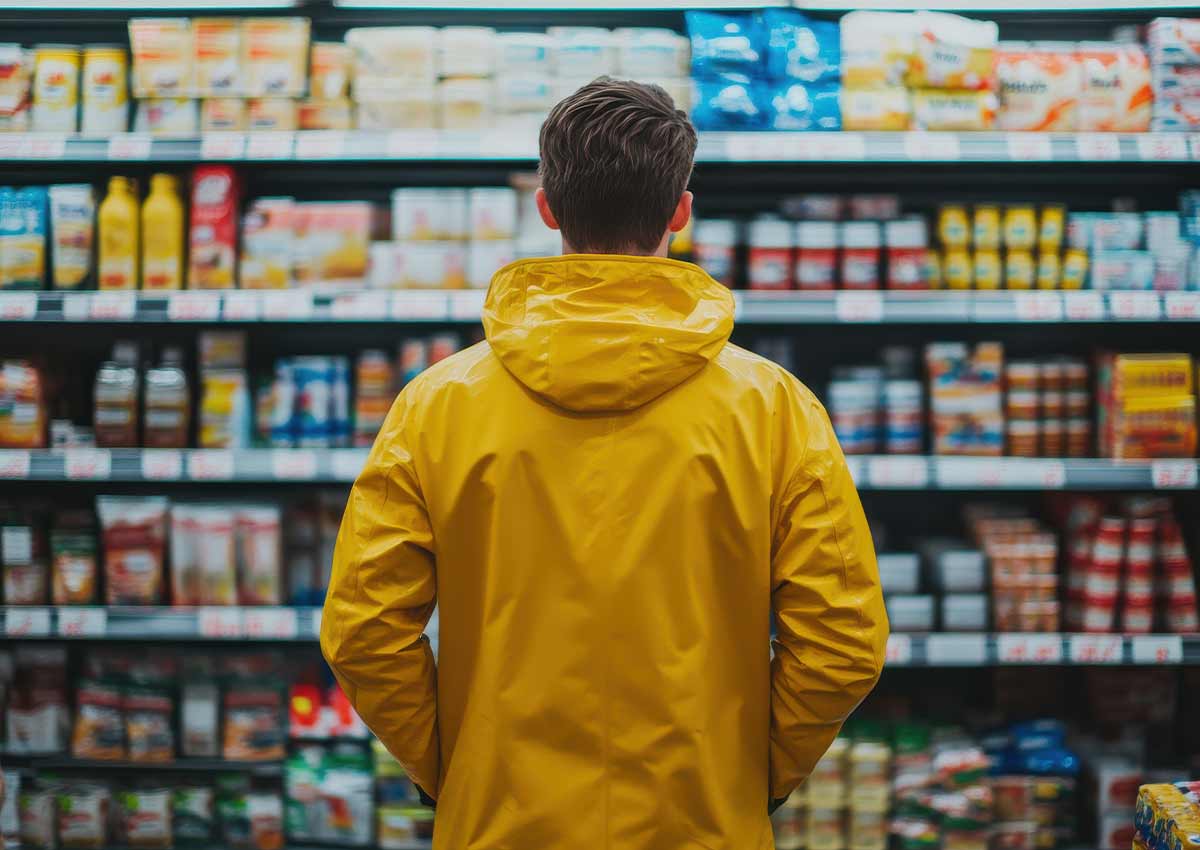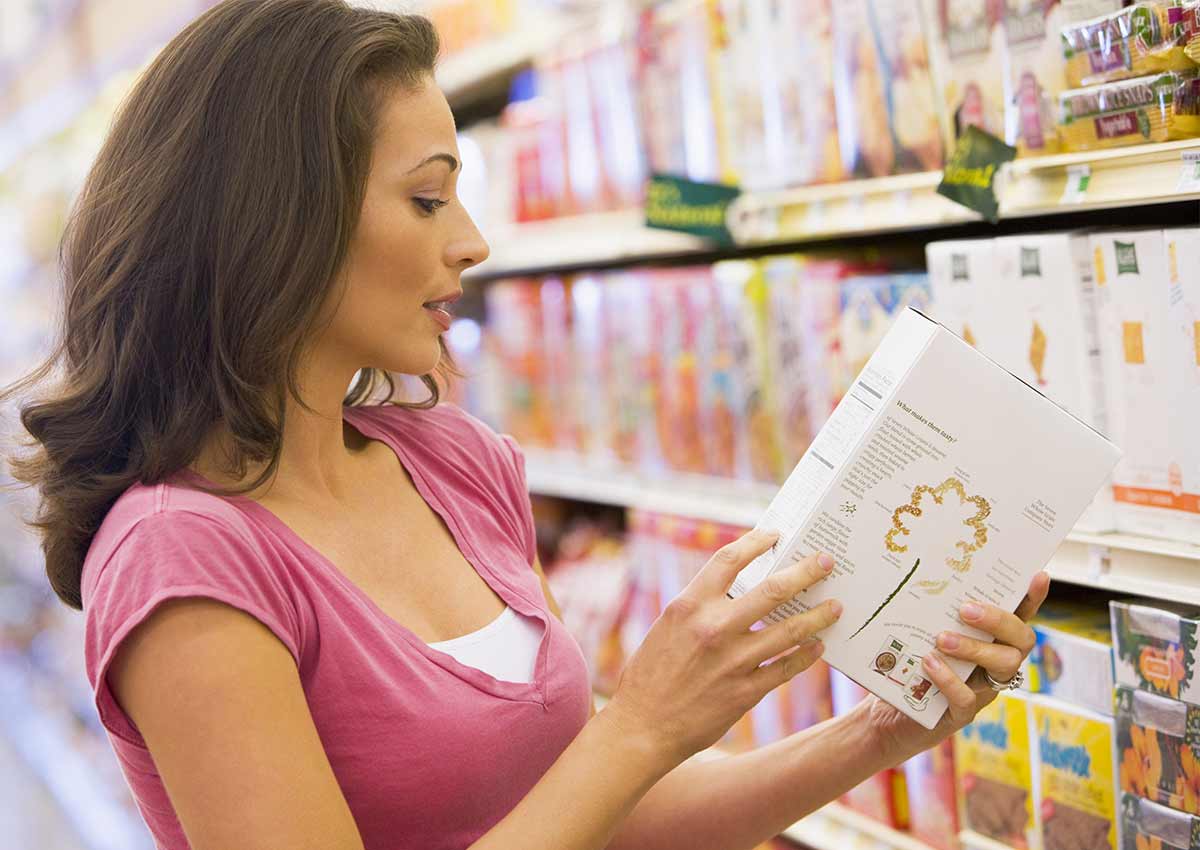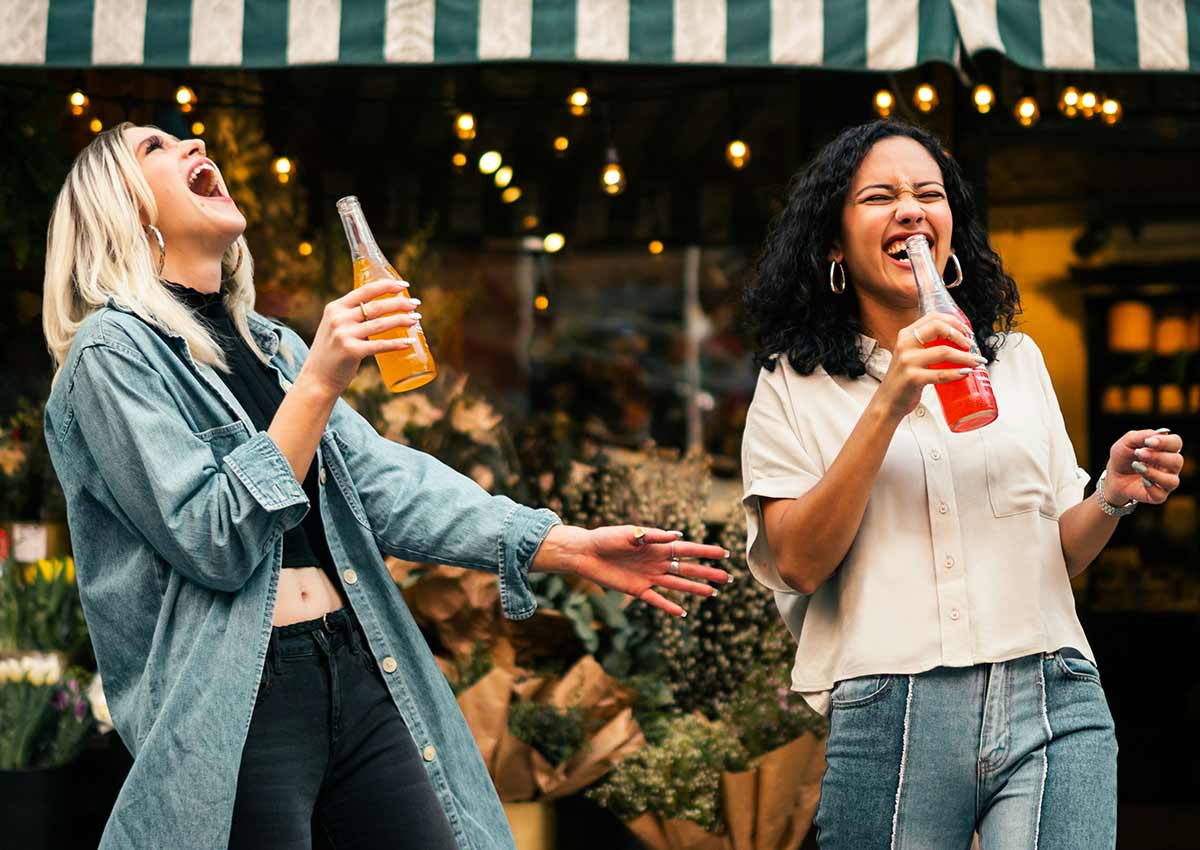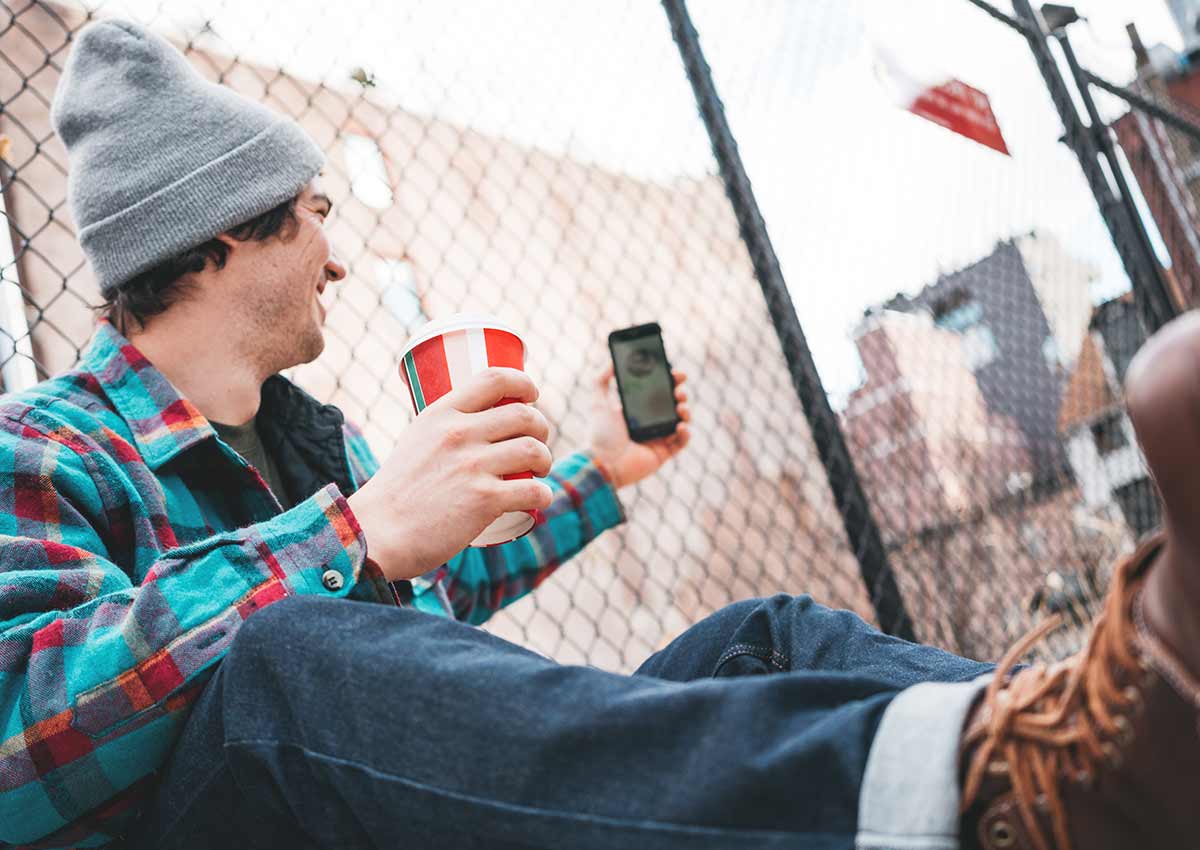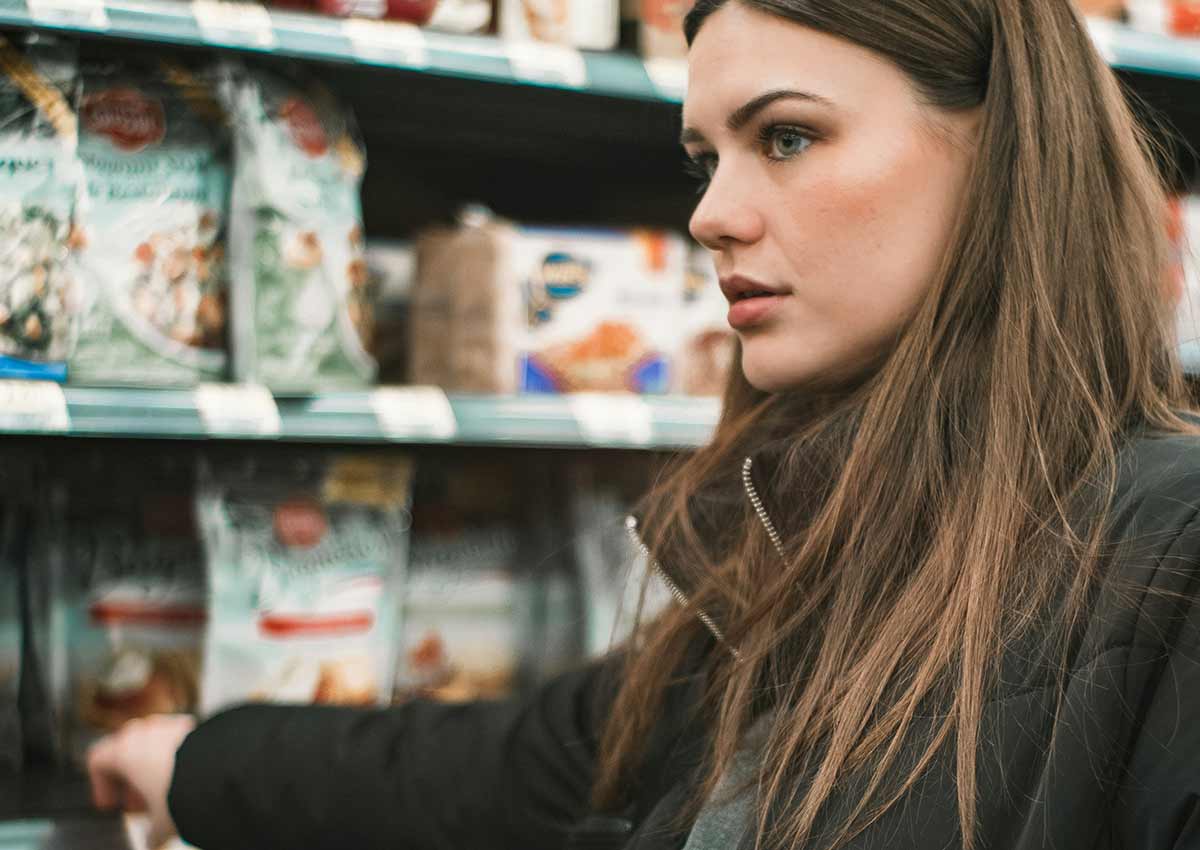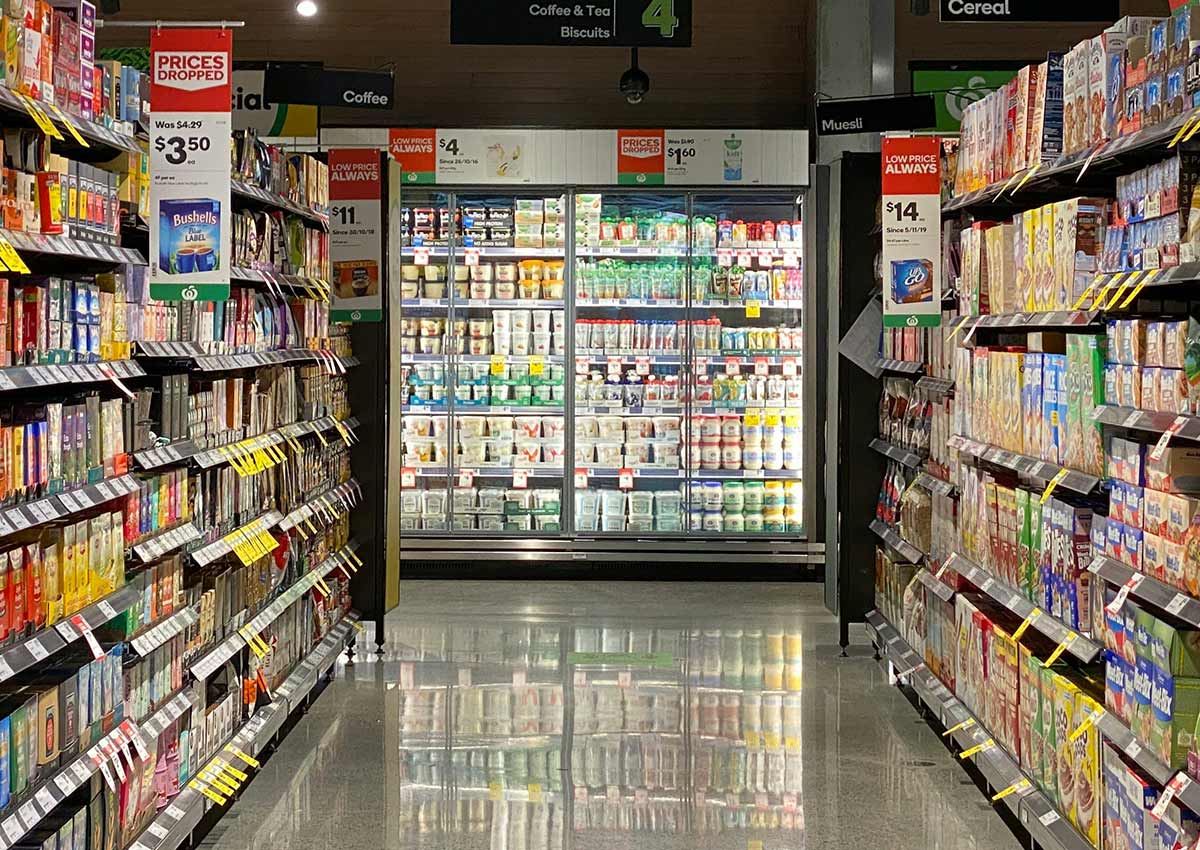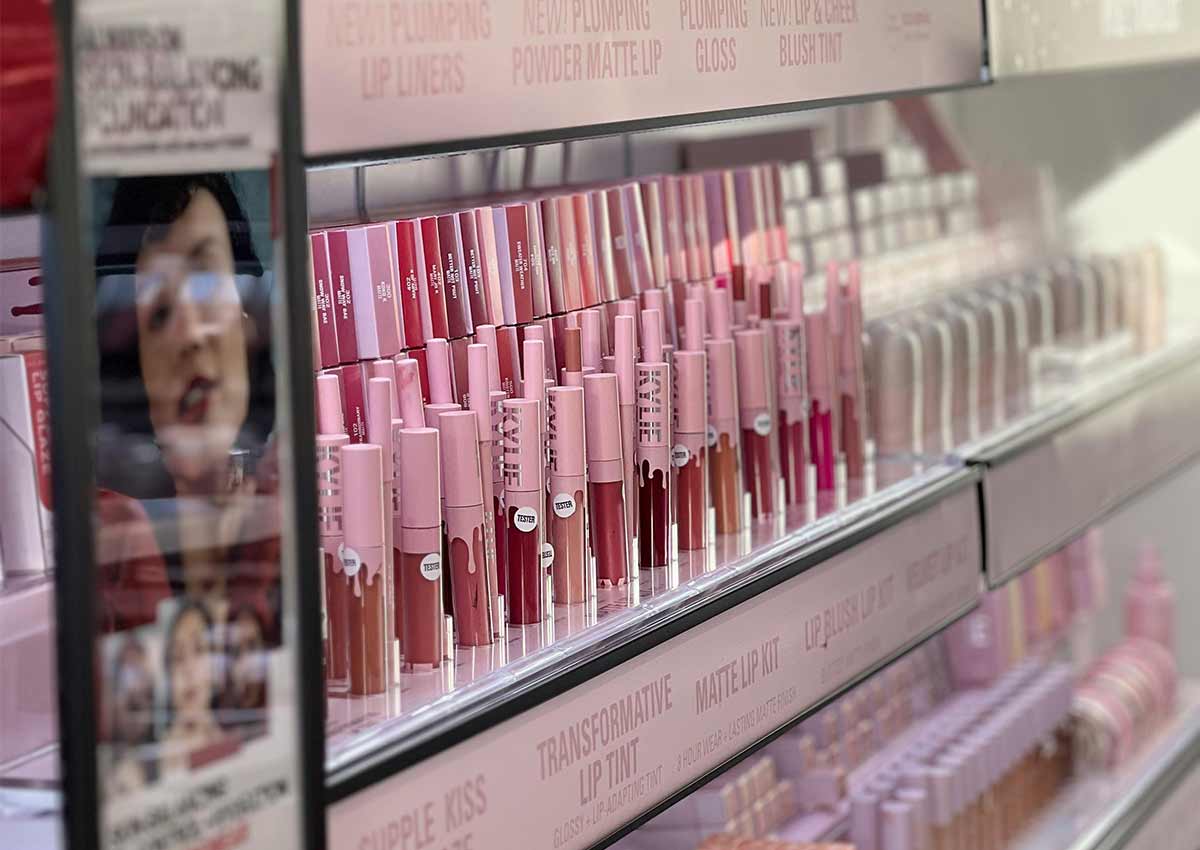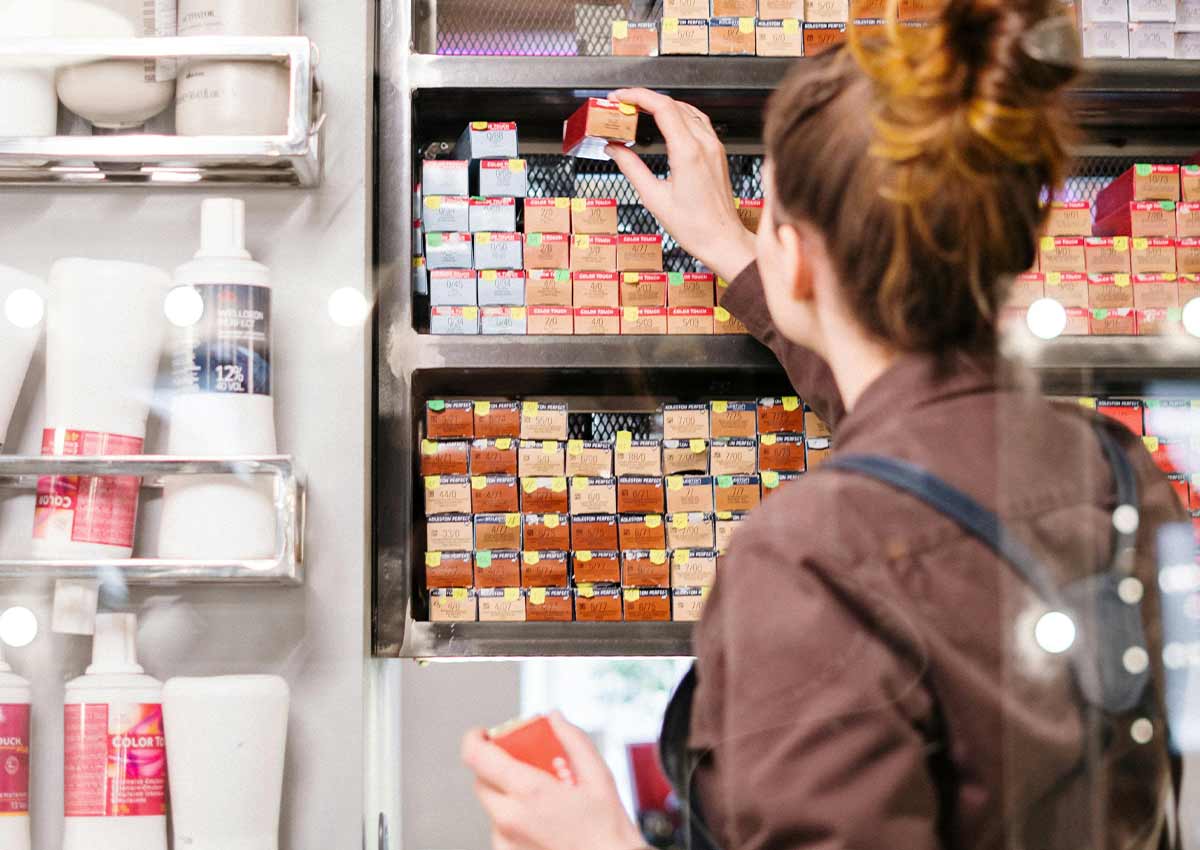Packaging as a Growth Lever for U.S. Brands
How Packaging Design Drives Branding, Sales, and Shopper Loyalty in the U.S. Market
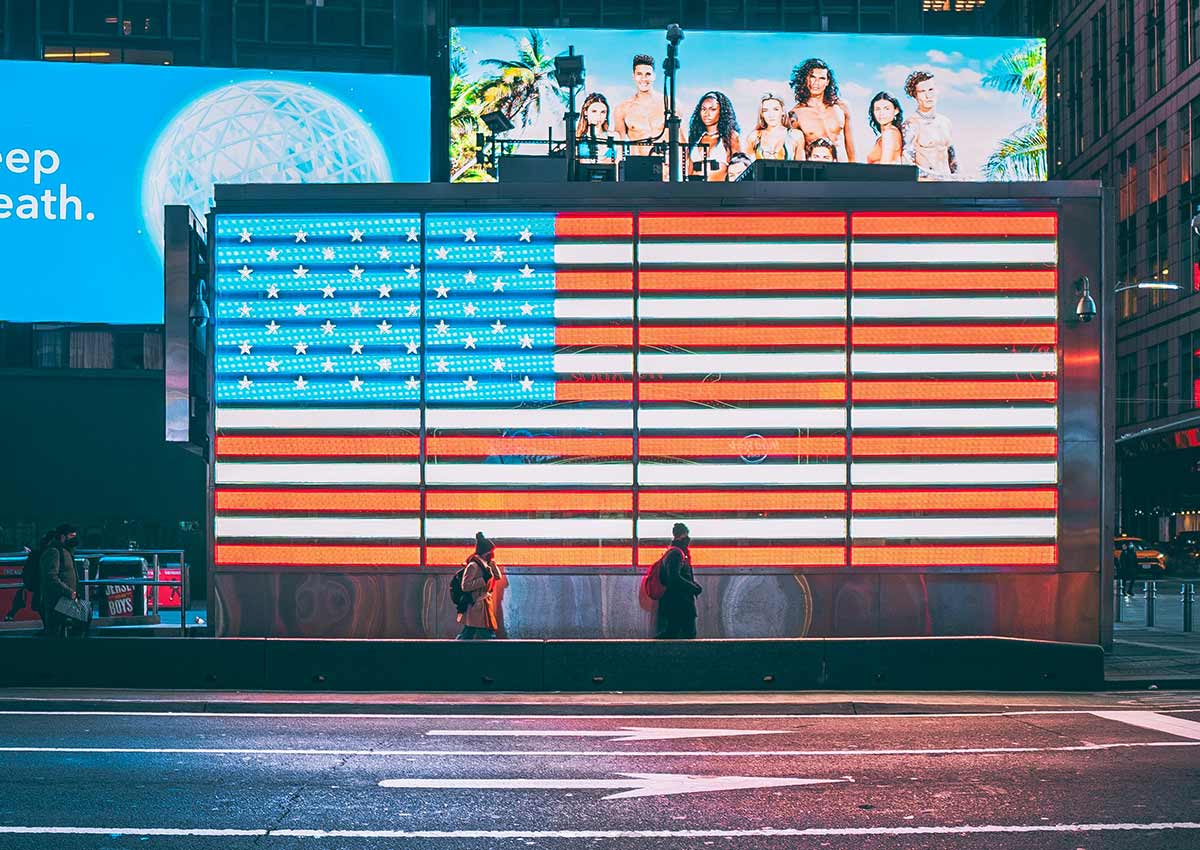
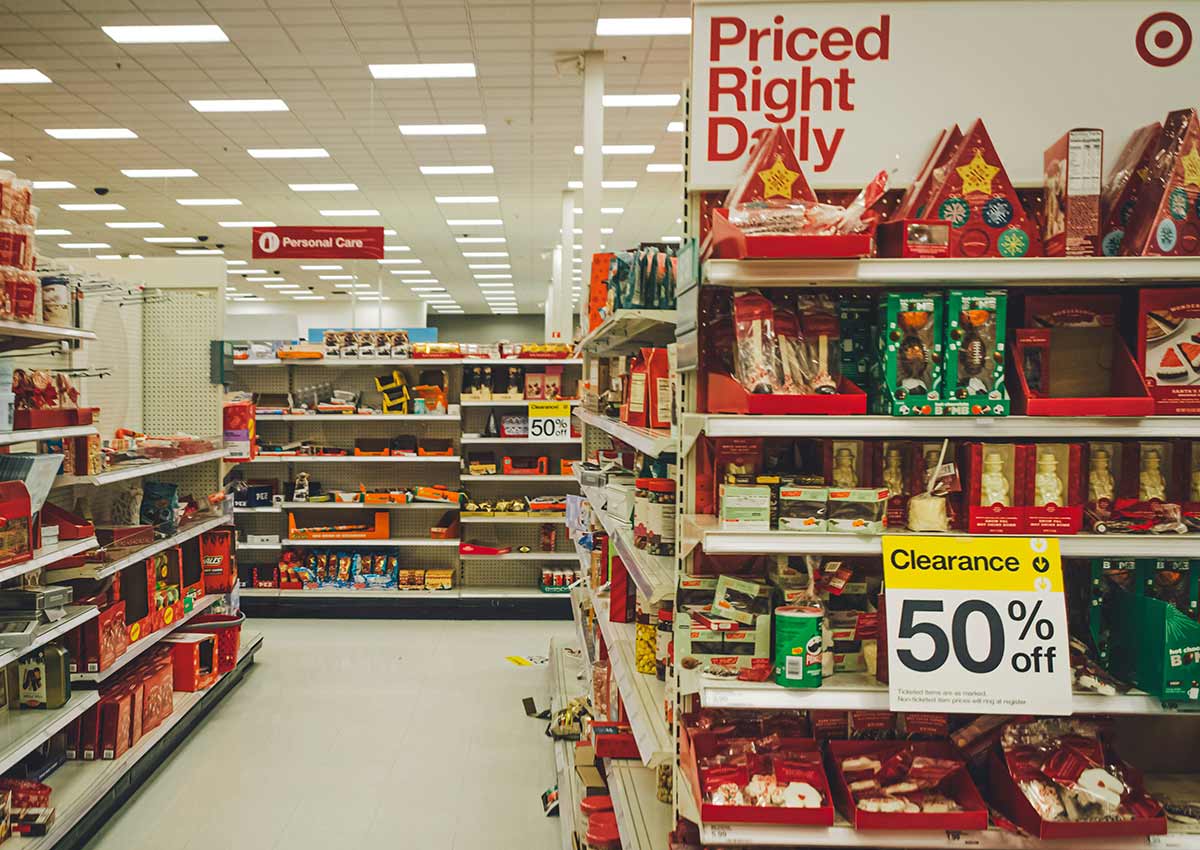
The Role of Packaging in the Consumer Decision Process
In today’s U.S. marketplace, consumers are surrounded by options—on shelves, in carts, and on screens. In this highly saturated landscape, packaging design has become a true growth lever. More than a protective layer or branding accessory, packaging directly shapes how shoppers perceive a product, what they expect from it, and whether they’re willing to buy it. For brands navigating modern retail and e-commerce channels, packaging is not the end of the process—it’s the beginning of the customer journey. When backed by clear strategy and thoughtful execution, great packaging design doesn’t just sell—it builds brands.
At Imaginity, we’ve seen firsthand how packaging design can unlock business momentum, elevate U.S. brands, and drive growth from the shelf up through strategic branding.
In the fast-paced U.S. retail environment, where big-box chains, convenience stores, and digital platforms compete for attention, shoppers make snap judgments. According to a 2018 Ipsos study, 72% of American consumers say that packaging design influences their buying decisions. Whether it’s a physical shelf at Target or a digital thumbnail on Amazon, packaging is often the first and only chance to convert interest into action. A design that stands out through bold visuals, smart structure, or clear messaging can tip the scale in seconds.
Visual hierarchy is everything. Details like color contrast, font clarity, logo placement, and even structural form all help a product earn that critical glance. For example, minimalist, modern packaging resonates with younger audiences at retailers like Whole Foods, while traditional visual cues appeal more to shoppers in regional grocery chains. In shopper marketing, packaging is your silent pitch—it must grab attention and communicate value before a consumer has time to compare price or read labels. Great design agencies understand this need for immediacy, blending branding with retail impact.
Impulse categories—like snacks, beverages, or personal care—rely on first impressions more than ever, especially in digital-first shopping environments. On platforms like Instacart or Walmart.com, packaging images must communicate instantly. Clean visuals, legible text, and consistent branding build confidence and speed up decision-making. Whether physical or virtual, shelf presence now depends on design that connects immediately and clearly with U.S. shoppers.
In the U.S. consumer space, emotion drives action. Packaging design doesn’t just tell you what the product is—it tells you how to feel about it. Emotional cues in packaging—color palettes, materials, structure, and typography—build expectations about performance, taste, or experience. A matte bottle feels calming and premium. A vibrant pouch promises energy and flavor. These impressions are instantaneous, and they influence perception more than we realize.
One foundational concept in branding and packaging is sensation transference, coined by American marketing pioneer Louis Cheskin. It describes how consumers subconsciously transfer feelings about packaging aesthetics to the product inside. That’s why premium-looking packaging makes the product seem higher in quality—even before trial. Leading U.S. design agencies incorporate this insight into every layer of packaging strategy. From prestige cosmetics in department stores to on-the-go snacks at 7-Eleven, the emotional design must align with brand positioning and category norms.
For brands focused on long-term growth, these emotional signals aren’t just fluff—they’re essential tools for shopper retention and repeat sales. In shopper marketing, details like soft-touch finishes, smart closures, or eco-conscious materials become subtle indicators of care, quality, and trust. A design agency that understands how to translate brand values into packaging will not only attract new customers but deepen loyalty among existing ones.
U.S. consumers are more informed than ever—but they’re also short on time. Great packaging design communicates clearly, concisely, and convincingly. It helps shoppers instantly understand what a product is, what it offers, and why it matters to them. This is particularly vital in categories like health, food, personal care, and home goods, where information plays a direct role in decision-making. Labels must be intuitive, benefits must be obvious, and any certifications (organic, cruelty-free, non-GMO) must be easily scannable.
What sets standout packaging apart is how well information is integrated into the branding. Fonts, color schemes, layout, and icons should all work together to convey whether a product is fun, functional, premium, or sustainable. For example, better-for-you snack brands often combine minimalist typography with earthy colors to signal clean ingredients. Meanwhile, high-tech electronics lean on bold visuals and modern grids. A skilled design agency ensures this visual language is cohesive and on-brand—whether you're selling in-store at Walmart or via DTC platforms.
Packaging also plays a crucial role after the sale. When it delivers on the promises made at shelf—through convenience, quality, or aesthetic delight—it reinforces the consumer’s decision. This follow-through builds trust, encourages loyalty, and often leads to word-of-mouth recommendations. In this way, packaging becomes a long-term brand touchpoint. For U.S. brands, especially in competitive retail, investing in packaging that informs, persuades, and reassures is not a luxury—it’s a growth strategy.
U.S. consumers are more informed than ever—but they’re also short on time. Great packaging design communicates clearly, concisely, and convincingly. It helps shoppers instantly understand what a product is, what it offers, and why it matters to them. This is particularly vital in categories like health, food, personal care, and home goods, where information plays a direct role in decision-making. Labels must be intuitive, benefits must be obvious, and any certifications (organic, cruelty-free, non-GMO) must be easily scannable.
What sets standout packaging apart is how well information is integrated into the branding. Fonts, color schemes, layout, and icons should all work together to convey whether a product is fun, functional, premium, or sustainable. For example, better-for-you snack brands often combine minimalist typography with earthy colors to signal clean ingredients. Meanwhile, high-tech electronics lean on bold visuals and modern grids. A skilled design agency ensures this visual language is cohesive and on-brand—whether you're selling in-store at Walmart or via DTC platforms.
Packaging also plays a crucial role after the sale. When it delivers on the promises made at shelf—through convenience, quality, or aesthetic delight—it reinforces the consumer’s decision. This follow-through builds trust, encourages loyalty, and often leads to word-of-mouth recommendations. In this way, packaging becomes a long-term brand touchpoint. For U.S. brands, especially in competitive retail, investing in packaging that informs, persuades, and reassures is not a luxury—it’s a growth strategy.
Three Packaging Lessons for U.S. Brands
1. Clarity Converts
Packaging that clearly communicates what the product is—and why it matters—has a direct impact on consumer decision-making. In crowded aisles or busy digital feeds, shoppers don’t have time to decode vague messages or overly conceptual designs. Clear product names, benefit callouts, and intuitive visual hierarchy help guide purchasing decisions in just seconds. Beyond the basic information, clarity also reinforces brand purpose. Packaging should reflect not just what’s inside, but who it’s for and what the brand believes in. Whether it’s a clean label product for health-conscious consumers or a nostalgic snack for families, design clarity ensures the brand’s intent is immediately understood—creating trust from the first glance.
2. Well-Structured Brand Architecture Enables Scale
A cohesive design system makes it easier for brands to grow while maintaining visual consistency. From flavor differentiation to product tiers and pack sizes, a well-structured brand architecture brings clarity to the portfolio—ensuring that new SKUs or limited editions feel like a natural extension of the brand. This is especially important in categories with broad ranges like beverages, personal care, or snacks.
Strong systems also extend into digital environments. Whether it's a thumbnail on Amazon, a retail shelf set, or a product grid on a brand’s website, consistent design elements—such as color coding, iconography, and structural layout—reinforce identity and build trust. Scalable brand architecture doesn’t restrict creativity; it enables it, providing the foundation for sustainable growth, faster innovation, and greater consumer recognition.
3. Packaging Builds Brand Memory
Memorability is one of packaging’s most valuable roles. Great design doesn’t just help the product get picked up—it helps it be remembered later. Distinctive form factors, signature colors, tactile finishes, or character-driven graphics all contribute to sensory recall, making the product easier to recognize and recommend.
These memory triggers also support word-of-mouth and brand advocacy. When consumers can easily describe or spot your product, they’re more likely to repurchase, share it with others, or seek it out again online. Over time, packaging becomes a mental shortcut for everything the brand represents—trust, quality, taste, or emotion—all built into one visual experience.
The right packaging strategy can do more than catch the eye—it can spark conversation, fuel trial, and carve out market share. For emerging U.S. brands, it’s one of the most cost-effective and brand-defining investments you can make.
At Imaginity, we work with brands to turn packaging into a business growth tool—leveraging our global experience, regional insights, and design precision to create packaging that performs.

